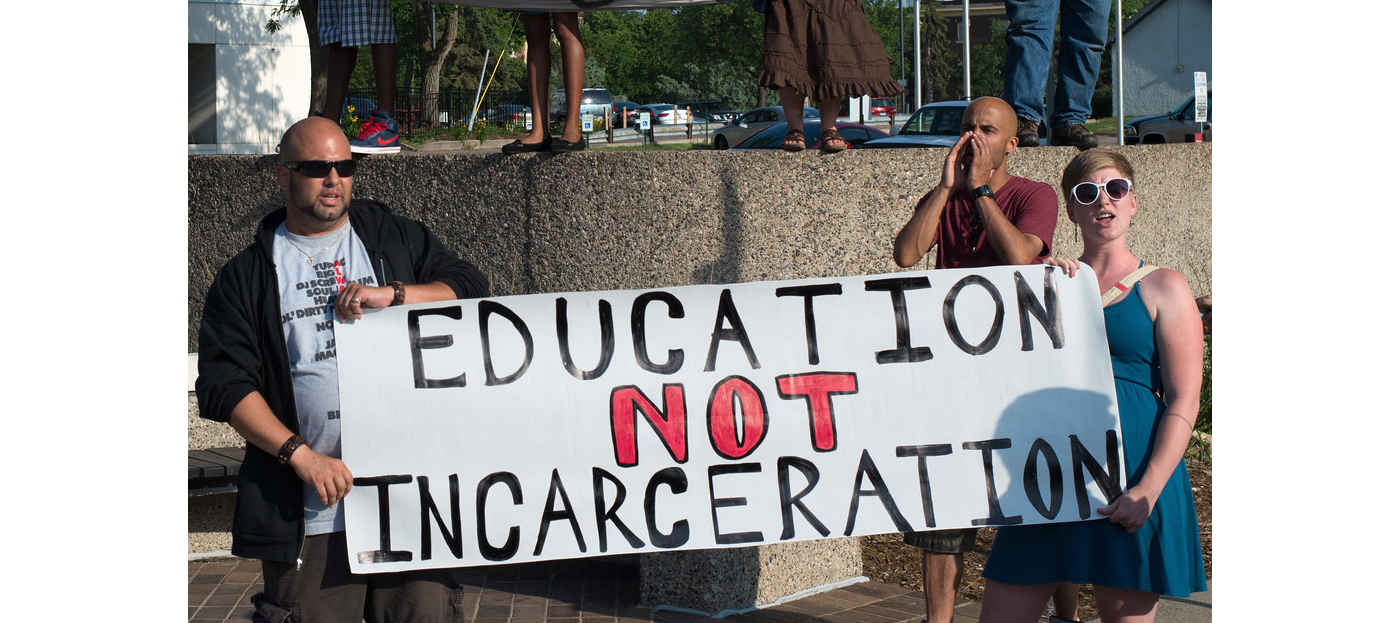8.1 Chapter Overview and Learning Objectives

Chapter Overview
Adults and children follow different paths when they become involved in the legal process as a victim or offender, as the United States operates a separate juvenile justice system. Although the steps differ, many youth of color face some of the same prejudice and discriminatory actions as their adult counterparts. In this chapter, we will first discuss the disproportionate representation of youth of color in system contacts and the juvenile justice system. We will explore the history of the juvenile justice system and how its creation meant something different for white and non-white youth. Then, we will walk through each step in which a child might become wrapped up in the justice system, from school through juvenile correctional facilities, and post-system-involvement. Finally, this chapter will explore alternatives to a punitive justice system approach.
Learning Objectives
- Explain the disproportionate representation of youth of color at all stages of the juvenile justice system, including the transfer of youth to the adult system.
- Describe the creation of the juvenile justice system, including the criteria that make someone a juvenile or delinquent, what counts as a crime or status offense, and how these behaviors are labeled differently based on race.
- Define the school-to-prison pipeline, its causes, and related outcomes for students of color.
- Explain the process of navigating the juvenile justice system from adjudication to incarceration and community reintegration for youth of color.
- Compare alternatives to incarceration for youth.
Key Terms
- Adjudication: found guilty by the court.
- Adultification: the perception that Black children are older and less innocent than white children, resulting from racial bias (Cooke and Halberstadt, 2021).
- Adverse childhood experiences (ACEs): harmful and traumatic experiences for youth that may occur in a child’s life any time before they reach the age of 18 that have long-term damaging effects (CDC, 2023).
- Age of criminal responsibility: the age at which an individual becomes legally responsible for criminal law violations through the adult court system.
- Disposition: sentencing.
- Diversion: placing the youth in an alternative punishment for their behavior or dismissing the case altogether.
- Intake: to send the youth’s case into the court system, which means that the child now has a juvenile justice system record, no matter the outcome.
- Juvenile life without parole (JLWOP): a term used to describe when a juvenile is sentenced to life in prison without the possibility of parole.
- Status offense: something that is not allowed for a child but is for an adult.
Licenses and Attributions for Chapter Overview and Learning Objectives
Open Content, Original
“Chapter Overview and Learning Objectives” by Shanell Sanchez, revised by Jessica René Peterson, is licensed under CC BY 4.0.
Open Content, Shared Previously
Figure 8.1. “Protest against police brutality in Uptown Minneapolis, Minnesota” by Fibonacci Blue is licensed under CC BY 2.0.
an individual attitude based on inflexible and irrational generalizations about a group of people and literally means “judging before.”
something that is not allowed for a child but is for an adult
a category of people grouped because they share inherited physical characteristics that are identifiable, such as skin color, hair texture, facial features, and stature
found guilty by the court

